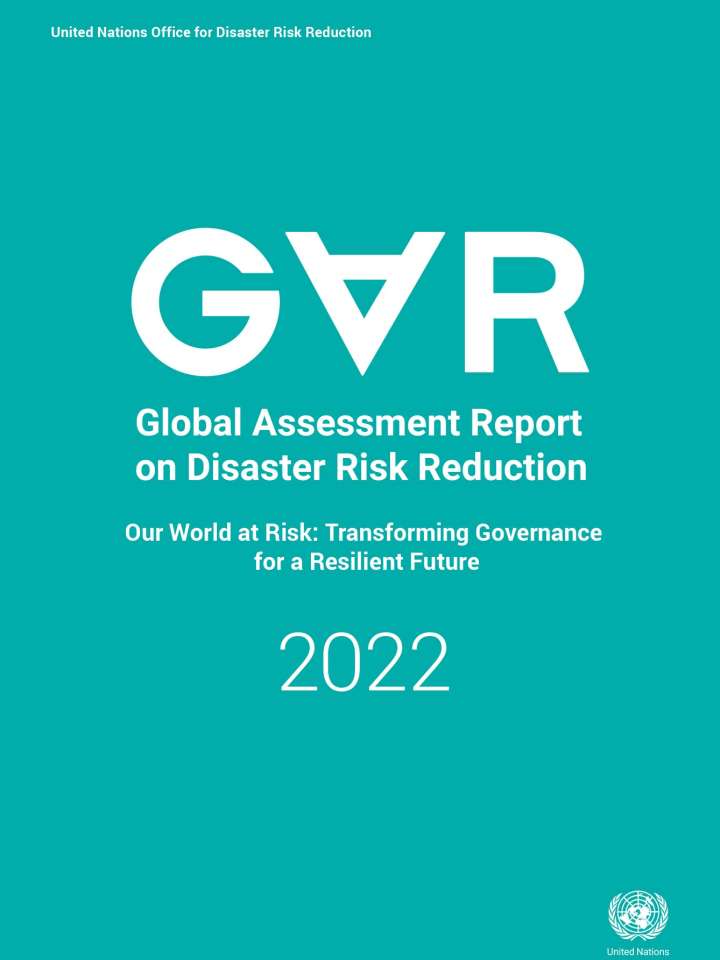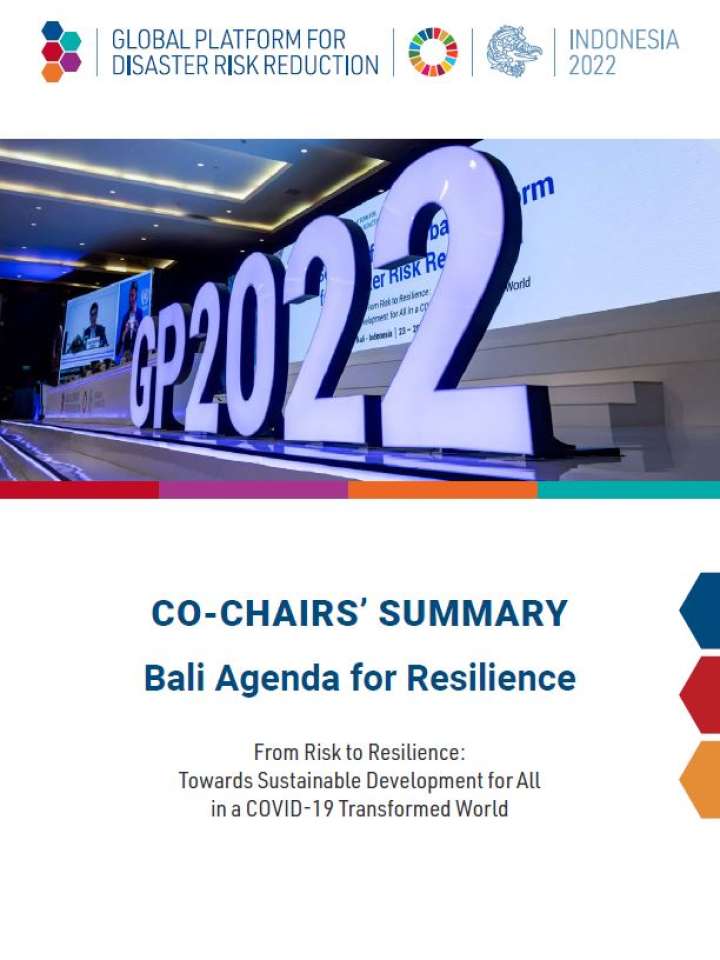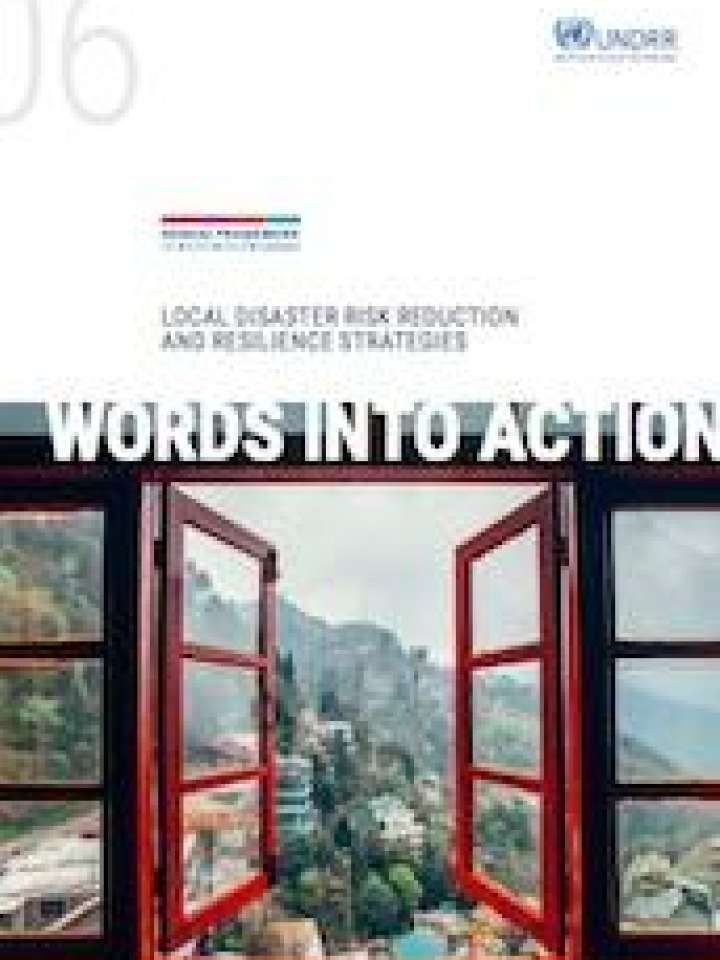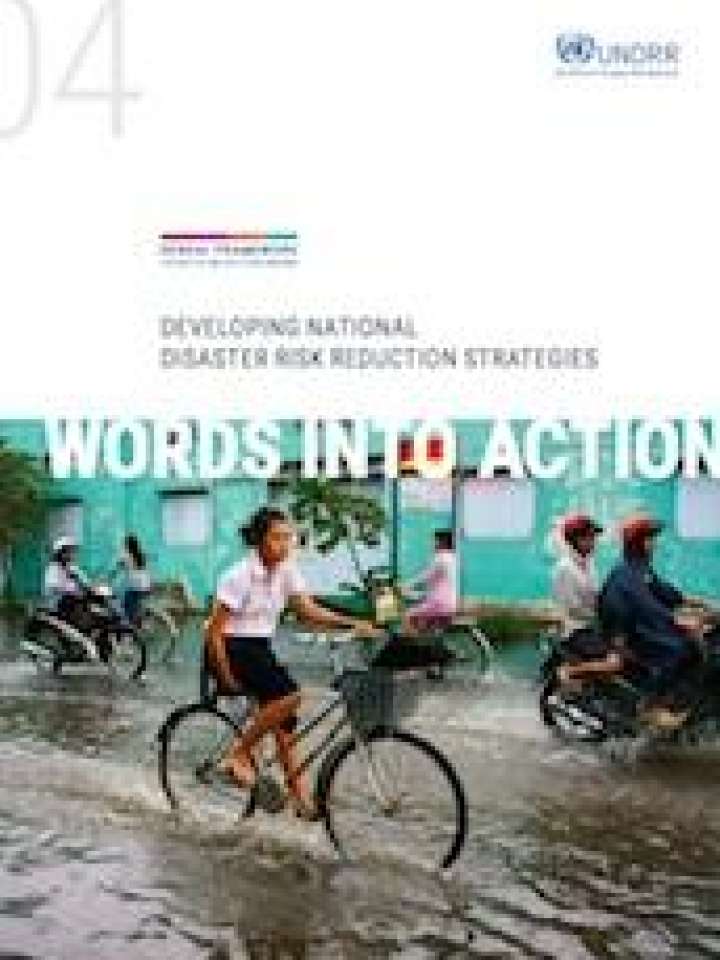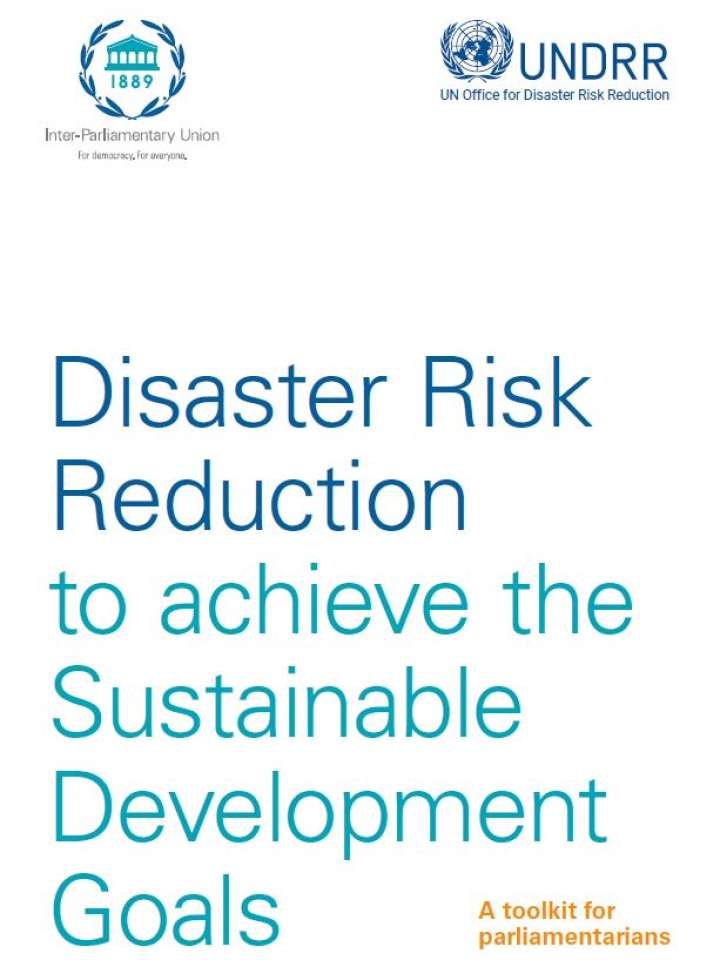What turns a hazard into a disaster is the consequence of human decisions:where and how we build, how we access and share resources, how we protect and restore healthy ecosystems.
This means we are not powerless in the face of mounting disaster risk. As we shift from managing disasters to managing disaster risk, societies need robust risk governance to address what makes us exposed and vulnerable to disasters: poverty and inequality, environmental degradation, rapid and unplanned urbanization, weak building codes, population growth in hazard-exposed areas.Open configuration options

Good disaster risk governance can be measured by lives saved, fewer people affected, and reduced economic losses.
Mami Mizutori
One of the four priorities for action in the Sendai Framework for Disaster Risk Reduction 2015-2030, is “Strengthening disaster risk governance to manage disaster risk.”
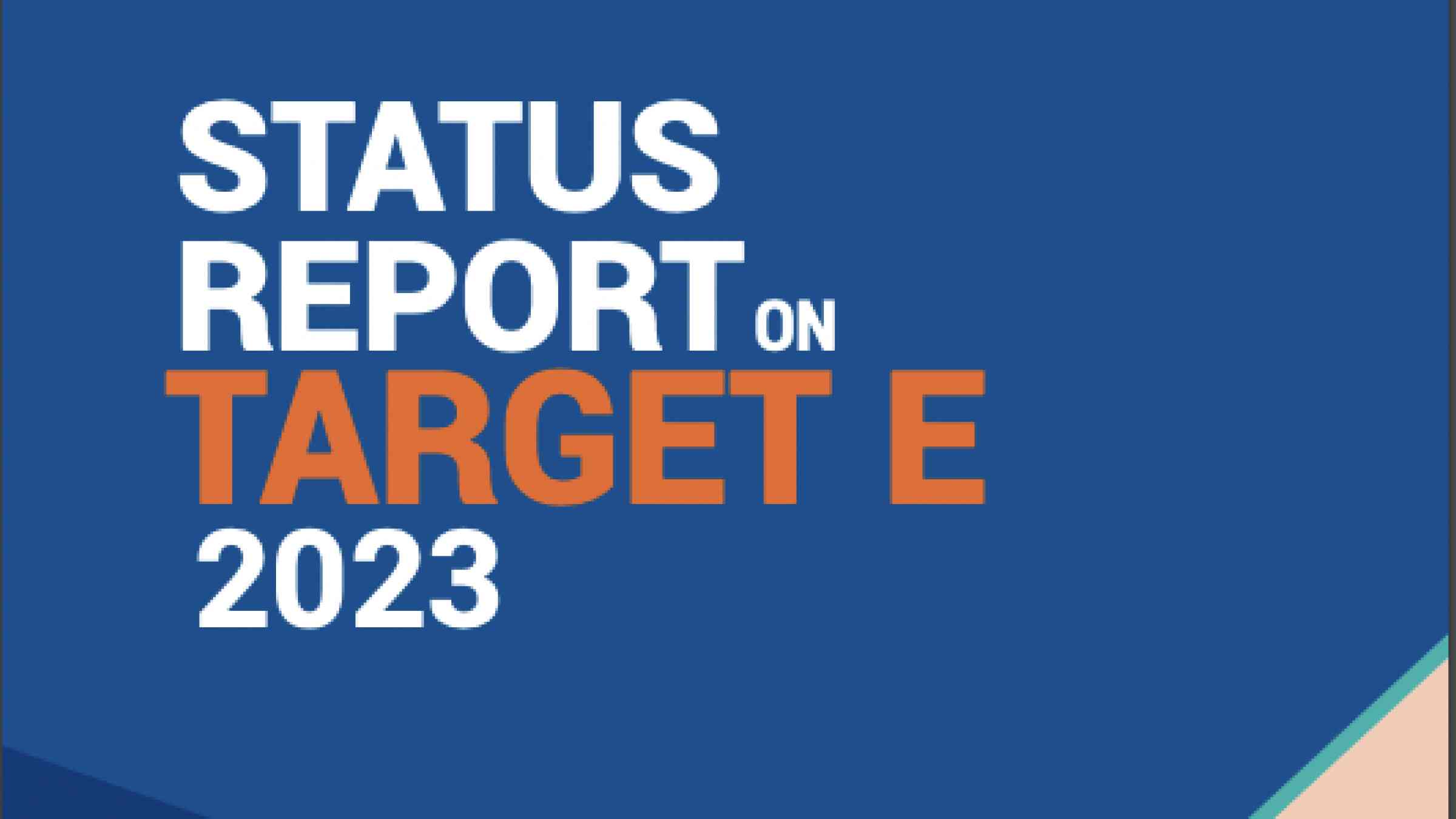
Transforming risk governance: Working across silos
Disasters unfold across national boundaries, involving a range of interrelated hazards and complex dynamics. Building resilience in the face of interconnected risks requires a collective effort to work and collaborate across silos.
To achieve the 2030 Agenda, disaster risk reduction must be integrated at the core of development and finance policies, legislation and plans. The Global Platform for Disaster Risk Reduction 2022 called for transformation of risk governance mechanisms to ensure that management of risk is a shared responsibility across sectors, systems, scales and borders. Examples show that working transversally across ministries and departments at all levels can help governments break institutional silos.
Developing national and local DRR strategies
Developing a national DRR strategy
Disaster risk reduction requires multi-sectoral and multi-stakeholder actions. To manage disaster and climate risk, a country needs a strong governance system duly owned by the relevant national entities and stakeholders. A strong governance system is characterized by relevant laws and policies, institutions and coordination mechanisms, strong leadership, clear roles and responsibility, resources, monitoring and accountability set up across all sectors, all actors and all levels.
Establishing and maintaining a strong and inclusive governance system, integrated with climate change adaptation and sustainable development, should be the key objective of the national DRR strategy and drive its development and design as it represents a pre-condition to achieve risk-informed development and long-term resilience.Open configuration options
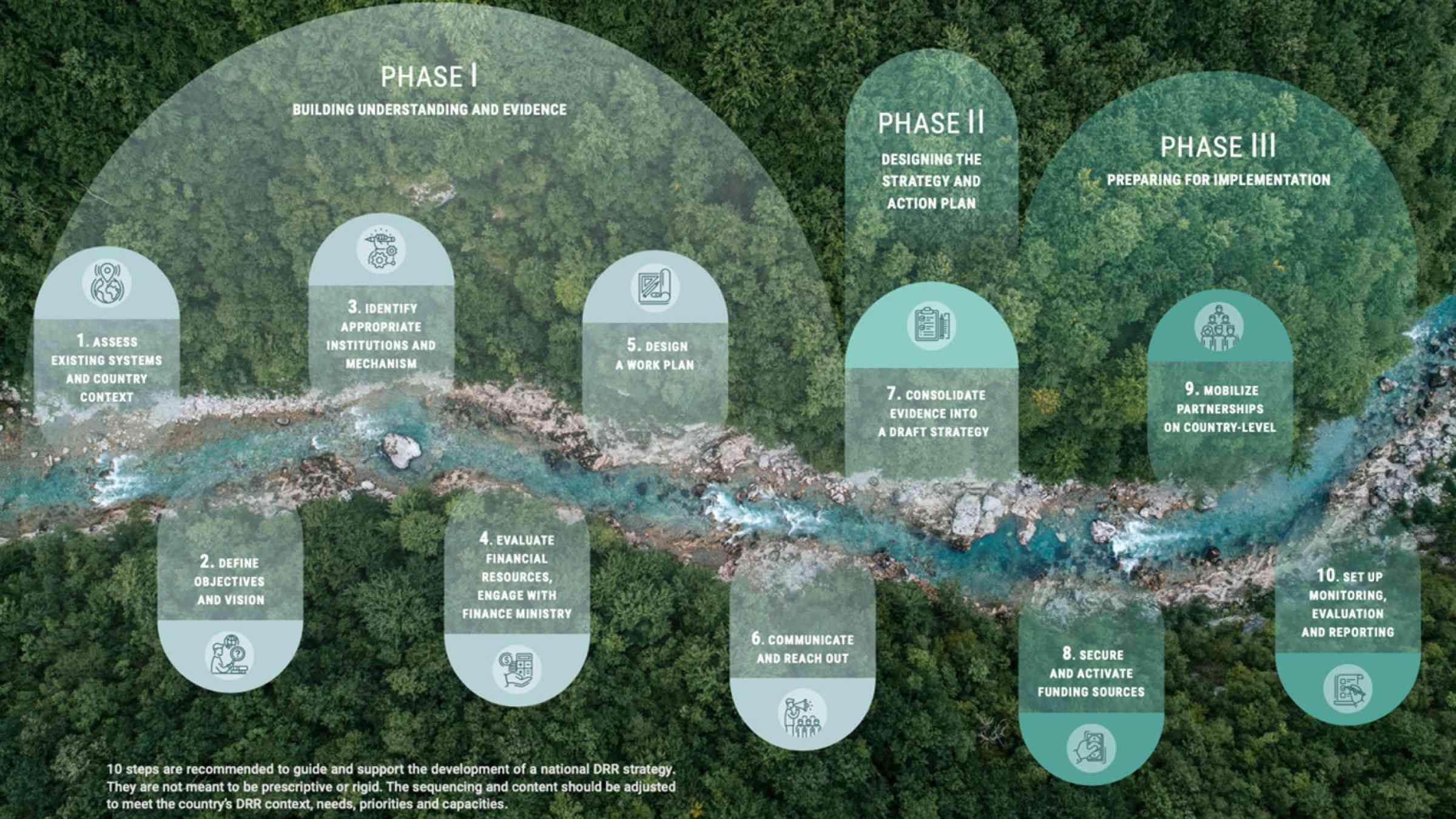
Local DRR and resilience strategies
A local disaster risk reduction and resilience strategy is the planning tool to integrate and mainstream a DRR approach within local development. It starts by delineating a common vision of the understanding of disaster risk, followed by the definition of guidelines and priorities to prevent the creation of new risk, reduce existing risk, recover from disasters and strengthen economic, social, health and environmental resilience. The strategy guides the development of coherent local plans and actions. That is, it is a starting point and defines a working approach. It is developed with a long-term perspective but simultaneously incorporates certain flexibility and periodic evaluation mechanisms to capitalize learning and accommodate to changes within complex global processes. The Making Cities Resilient 2030 initiative supports municipalities to develop inclusive and cross-sectoral risk governance.Open configuration options
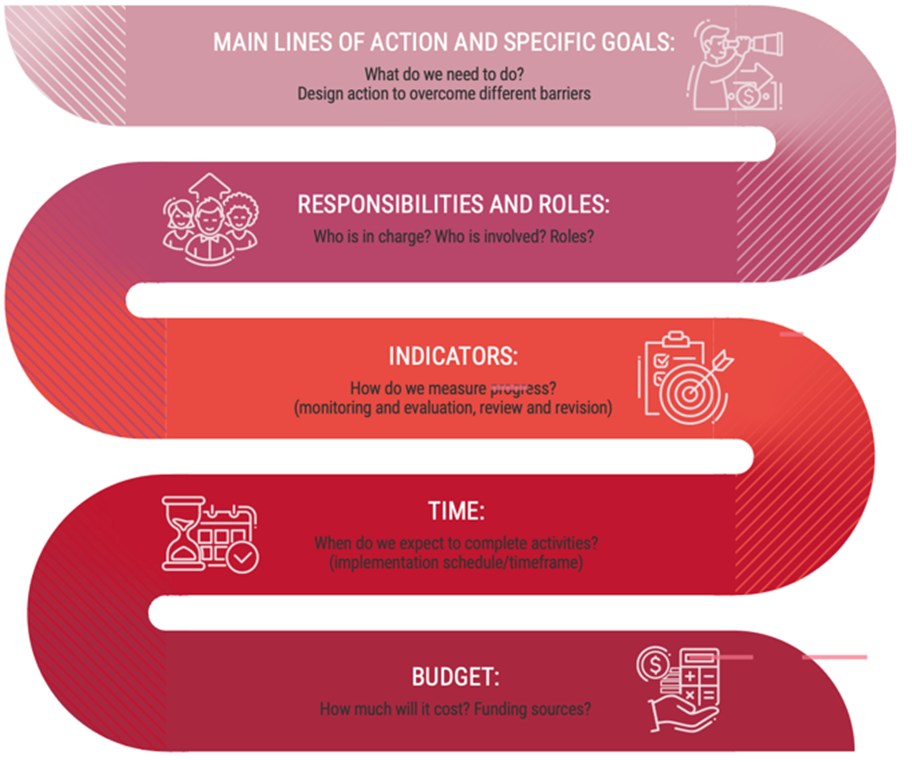
.png83b0.jpg?itok=5JaCH09V)
